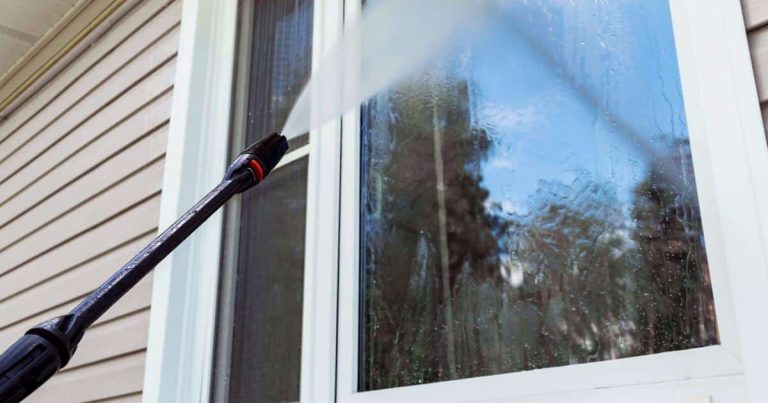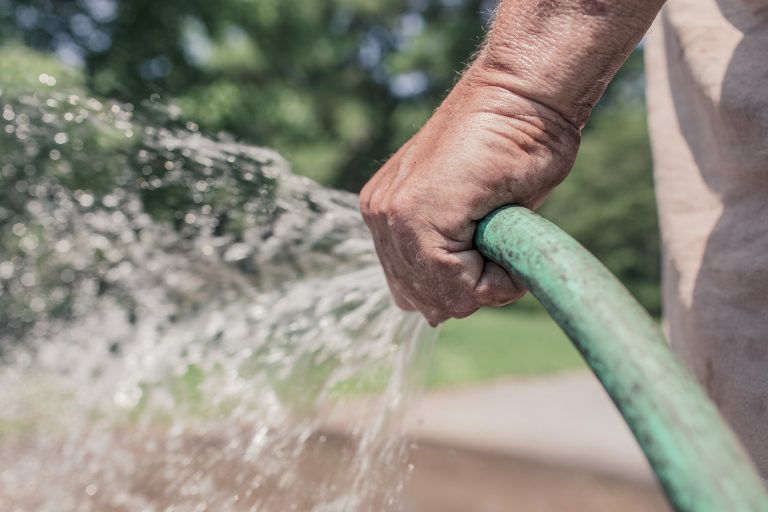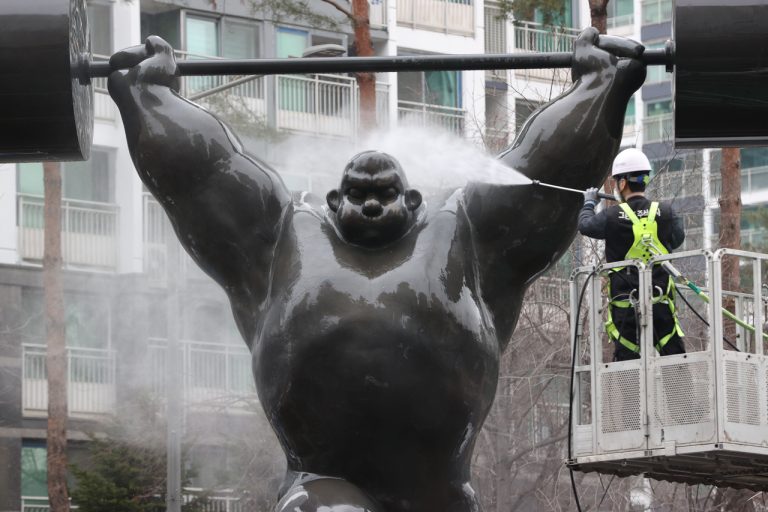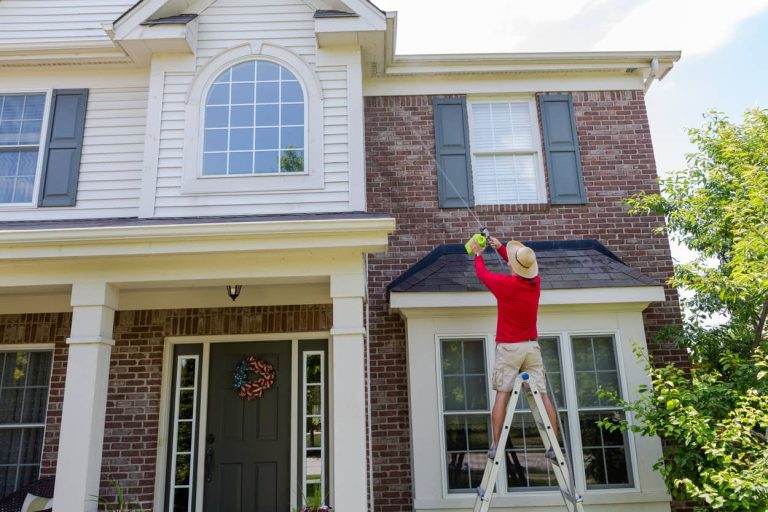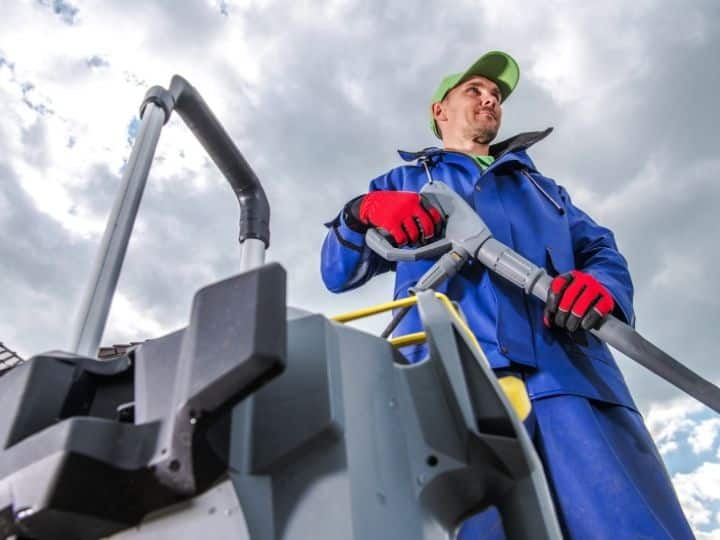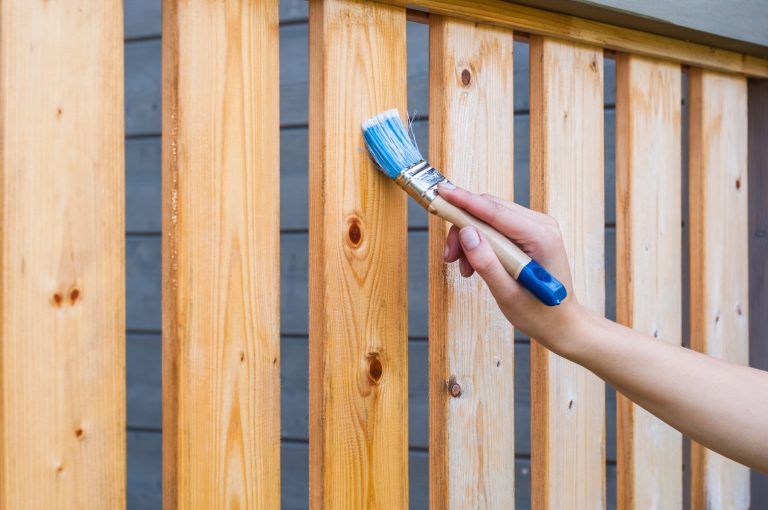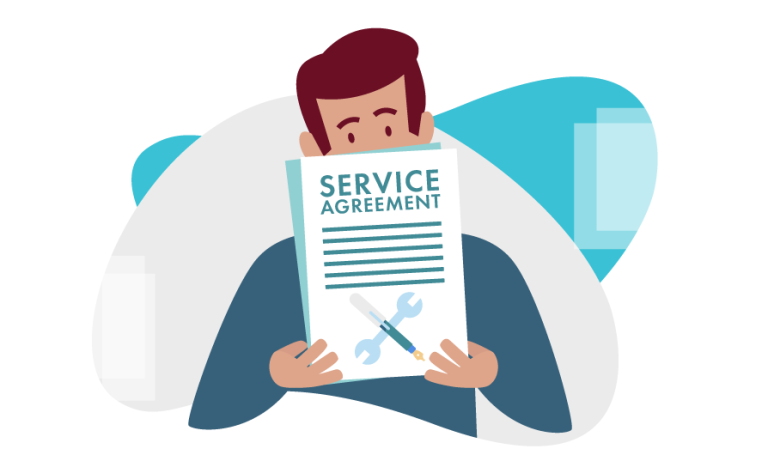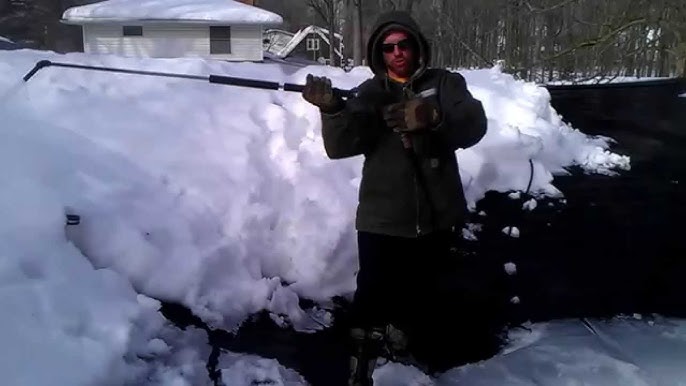
Pressure washing can be a fantastic way to restore the shine to your siding, driveway, or deck — but when winter rolls around, the risks start to rise. 🧊 Many homeowners don’t realize just how dangerous and damaging pressure washing in freezing temperatures can be — not just for your surfaces, but for your equipment and even personal safety.
Let’s explore the hazards of cold-weather pressure washing, and how to handle it wisely. 🛑💦
🌡️ Why Freezing Temperatures Are a Big Deal
When temperatures approach or fall below 32°F (0°C), water turns to ice — we all know that. But when you combine freezing temps with high-pressure water, the situation can become unpredictable, and even dangerous. 🧊⚠️
Here’s why:
- Water left in or on your surfaces can freeze quickly, creating slip hazards and damage
- Pressure washer components (hoses, pumps, nozzles) can crack or rupture from ice expansion
- Soap or detergents may become ineffective or even gel up in the cold
- Ice can form on ladders, walkways, and tools, making falls and accidents more likely
So even if your goal is to clean up your home before the holidays, trying to pressure wash in a freeze can cost you more than it saves.
💥 Equipment Damage: A Costly Mistake
Pressure washers rely on flowing water to keep things running smoothly. If that water freezes inside any part of the machine — even just once — it can cause serious, permanent damage. ❌
Common cold-related failures:
- Cracked pumps: Ice expands and fractures metal components
- Burst hoses: Frozen water stretches rubber and plastic beyond limits
- Broken nozzles or wands: Ice pressure from inside can blow them apart
- Fuel system issues: If using gas-powered washers, cold fuel lines can stall or freeze
A single freeze cycle can wreck a $300–$500 machine — or more. And warranties usually don’t cover freeze damage. 🧊💸
🚷 Safety Hazards for You and Your Property
When water hits a cold surface and immediately freezes, you get…
- Black ice on driveways and stairs
- Slippery decks or patios
- Frozen overspray on windows or siding
- Dangerous trip-and-slip zones all around you
And it’s not just surfaces — your clothing, gloves, or boots can also freeze when exposed to water and wind in cold weather. That’s a fast path to hypothermia or frostbite, especially if you’re outside for more than a few minutes. 🧤🧊
🧽 Surfaces at Risk in Freezing Weather
Not all materials respond the same in cold temperatures. Here’s what can go wrong:
| Surface Type | Cold Weather Risk |
|---|---|
| Concrete & brick | Can crack if water seeps in and freezes |
| Vinyl siding | Becomes brittle, more likely to crack |
| Wood decks | Water gets into grain and freezes, causing splinters |
| Painted surfaces | Paint may flake off from cold shock |
| Windows & glass | Ice pressure can cause cracks or shattering |
Frozen surfaces can also reflect water back at you, especially under pressure — potentially causing injury. 😳💥
🧊 How to Prevent Freeze-Related Problems
If you absolutely must pressure wash in colder months, here are some golden rules:
✅ 1. Check the Weather First
- Only wash if temperatures are above 40°F for several hours
- Ensure it stays above freezing for at least 24 hours after washing
✅ 2. Use Cold-Weather Equipment
- Some professional-grade machines come with heaters or warm-water options
- Use insulated hoses or store your washer indoors between uses
✅ 3. Dry Surfaces Immediately
- Use a leaf blower, towels, or squeegees to dry up any water
- Salt walkways or driveways right after cleaning to prevent ice buildup ❄️🧂
✅ 4. Flush and Store Equipment Properly
- Run antifreeze or pump saver solution through your system before storage
- Disconnect hoses and nozzles and keep everything in a warm place
- Never leave water sitting in the pump!
✅ 5. Consider Postponing
If the job can wait until temps rise, do it. The cost of rushing into winter pressure washing just isn’t worth it. 🕒
🚿 Alternatives for Winter Cleaning
Don’t want to risk pressure washing in the cold? Try:
- Soft scrubbing with warm water and eco-friendly soap
- Dry sweeping and debris removal
- Spot cleaning with vinegar or degreaser and a cloth
- Booking a pro with heated commercial-grade equipment
Sometimes, old-school methods are safer and more practical in freezing weather.
🧠 Final Thoughts
Pressure washing in freezing temperatures isn’t just inconvenient — it can be dangerous, costly, and ineffective. While it’s tempting to clean before guests arrive or before spring, pushing through the cold can lead to broken equipment, icy hazards, and damaged surfaces.
Stay safe by following these tips:
✅ Avoid freezing temps
✅ Never leave water in your machine
✅ Watch for slippery surfaces
✅ Choose alternative cleaning methods when possible
In winter, sometimes the best pressure washer is… patience. ❄️💧😉
